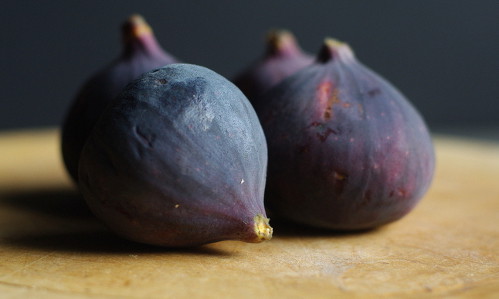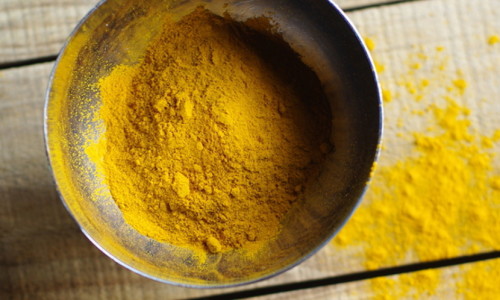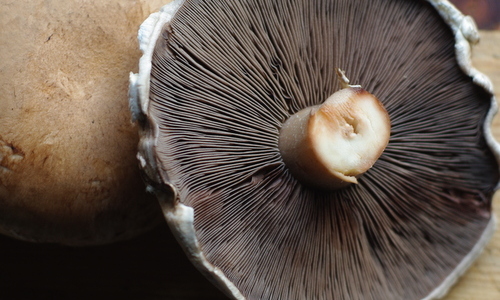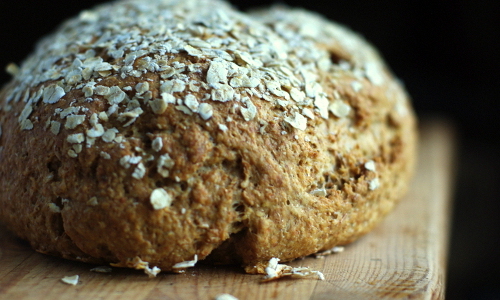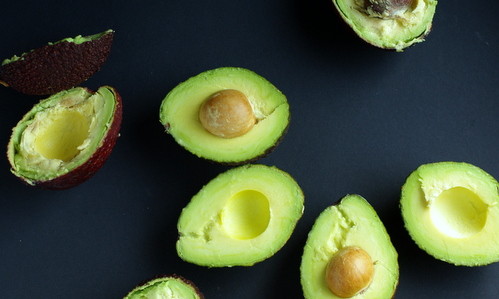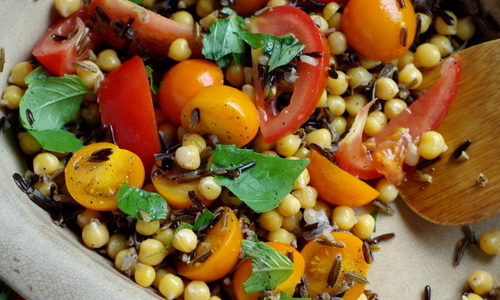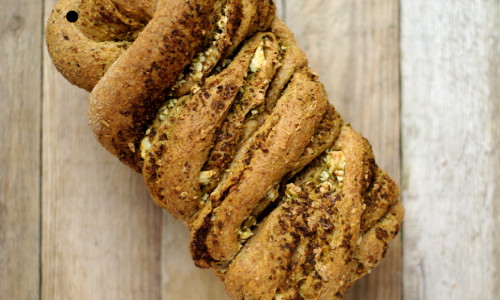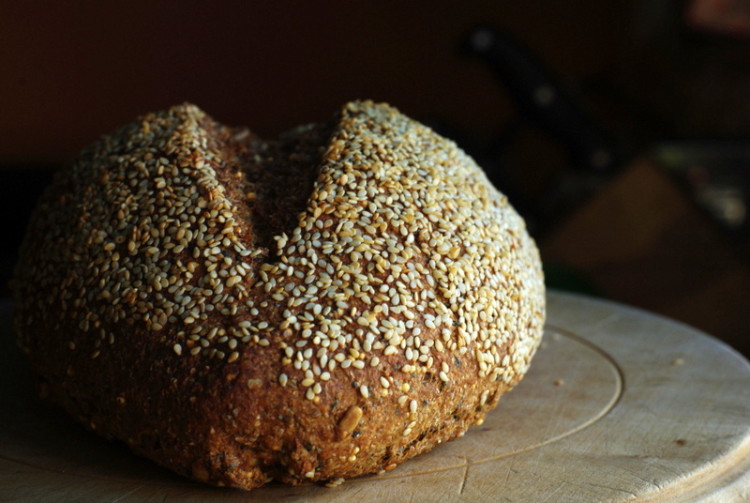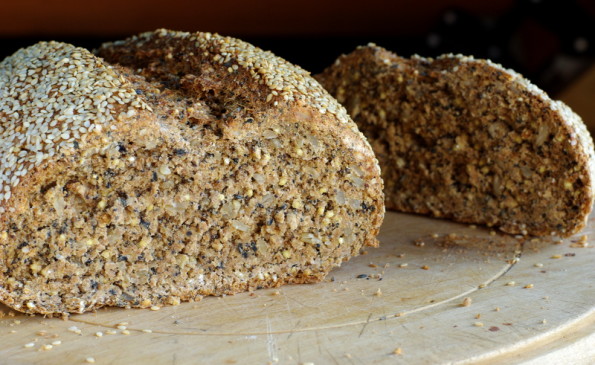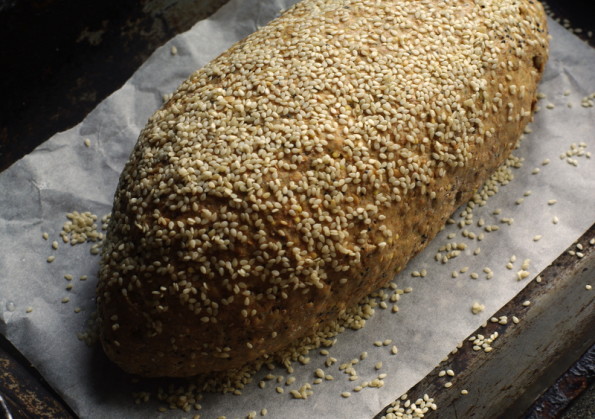The last couple of weeks have been weird. It started on the long weekend at the end of February. There were all kinds of things going on which made it one of those times which very much felt that the universe was at work, silently moving in our lives in mysterious and significant ways. There were wonderful parts, and terrible parts, and the whole thing was capped off with a huge flash -which they think was a meteor- illuminating the sky over parts of Scotland on leap-year night.
The following week seemed to pass very quickly in a strange blur of conspicuously normal normalcy. It was a week where I felt completely de-railed; I never managed to quite get myself going. When last weekend arrived after a week of stagnant nothingness and I decided that rather than stressing about it I’d enjoy the weekend and start fresh on Monday.
So here we are at the start of a new week, and it’s a beautiful, sunny and -dare I utter it- almost warm day here in Shetland. Time to kick start this week, and for me the best way to do that is with bread.
Today’s recipe is for seeded wheat and rye bread. Filled with an array of brain-revving, mood boosting whole grain and seeds, this loaf is sure to fire up the week and get me right back on track.
Here’s to a happy, productive, and sunny week!
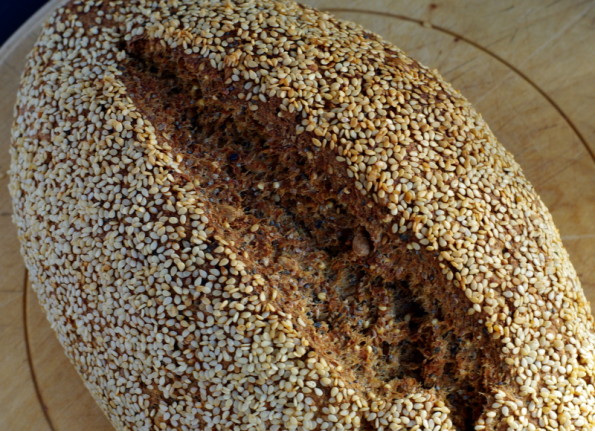

- 400g or 3 1/3 cup strong whole wheat flour
- 100g or 3/4 cup rye flour
- 3/4 Tbsp salt
- 10g or 1 heaped Tbsp instant yeast
- 2 Tbsp molasses
- 340ml tepid water
- 75g or 1/2 cup whole sunflower seeds
- 25g or 3 Tbsp poppy seeds
- 50g or 1/4 cup whole millet
- 25g or 1/4 cup sesame seeds, plus about 10g or an 1/8 cup for topping
- In a large bowl combine the whole wheat and rye flours. Mix until combined.
- Add the salt to one side of the bowl and the yeast to the other, being sure to not let them touch as the salt will kill the yeast if they come into direct contact.
- Add the molasses and the water and turn the mixture around with your fingers to form a rough dough.
- Tip the dough onto a clean work surface and knead well for about 10 minutes until the dough is smooth and has formed a smooth skin. Conversely mix in a mixer fitted with a dough hook for about 5 minutes.
- Flatten the dough out and add the mixed seeds and carefully fold the dough over on its self repeatedly until the seeds are all evenly dispersed throughout the dough.
- Put the dough in a large bowl, cover with cling film, and leave to rise until doubled in size, about 3 hours.
- Turn the risen dough onto the counter again and fold it in on its self until the air is knocked out. Form the dough into an oblong or circular loaf and place it onto a baking tray lined with non-stick baking parchment. Brush the loaf with water and sprinkle it with sesame seeds until it’s evenly covered, then slit the loaf with a very sharp knife lengthwise down the center if it’s oblong, or with an X if it’s round.
- Place the loaf into a large clean plastic bag and leave to prove for 1 hour.
- Meanwhile, heat the oven to 220 degrees Celsius. Just before the end of the proving time place a baking tray with about an inch of boiling water in it into the bottom of the oven to create steam.
- When the oven is hot and the loaf proved, remove it from the bag and place it into the oven on the middle rack.
- Leave to bake for about 30-40 minutes, until the loaf is dark golden, the seeds are toasted, and the loaf sounds hollow when tapped on the bottom.
- Leave to cool on a wire rack.

